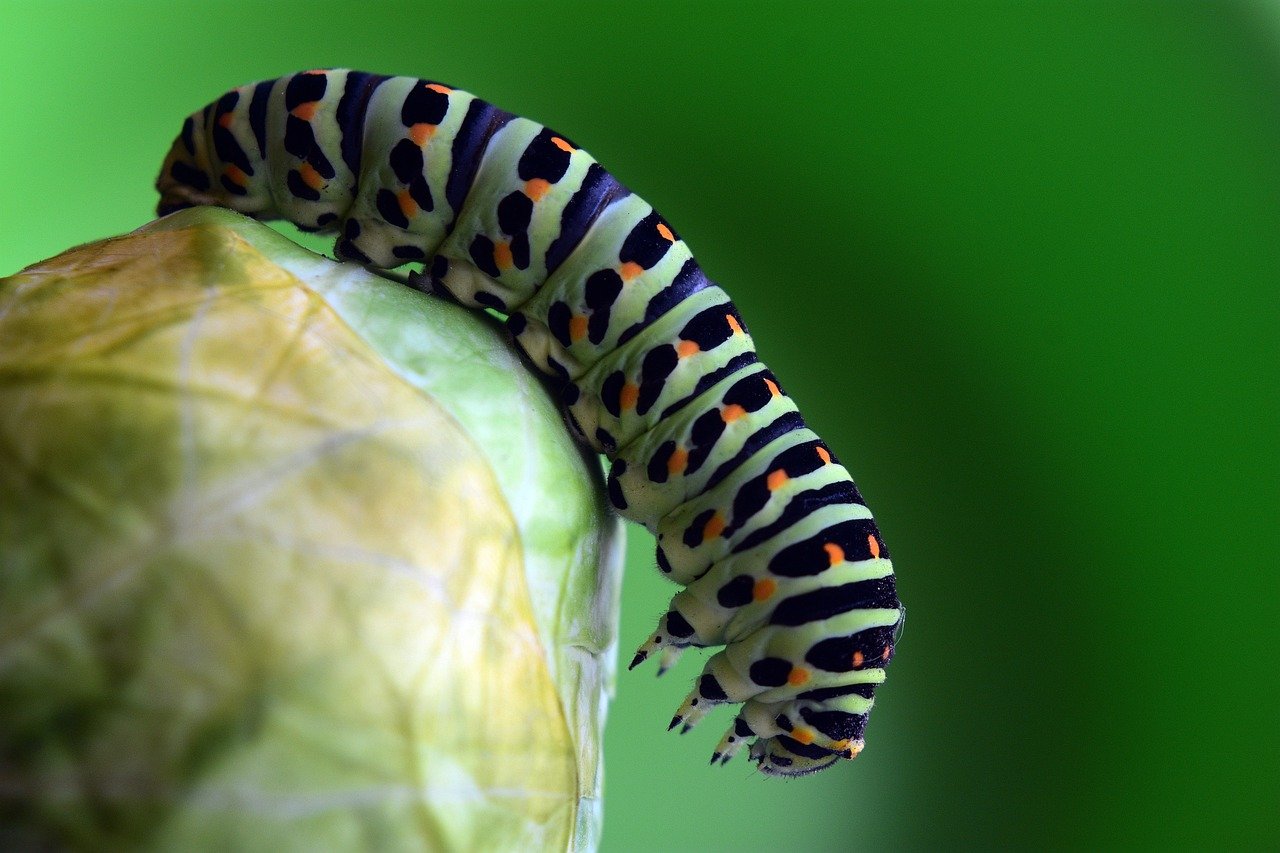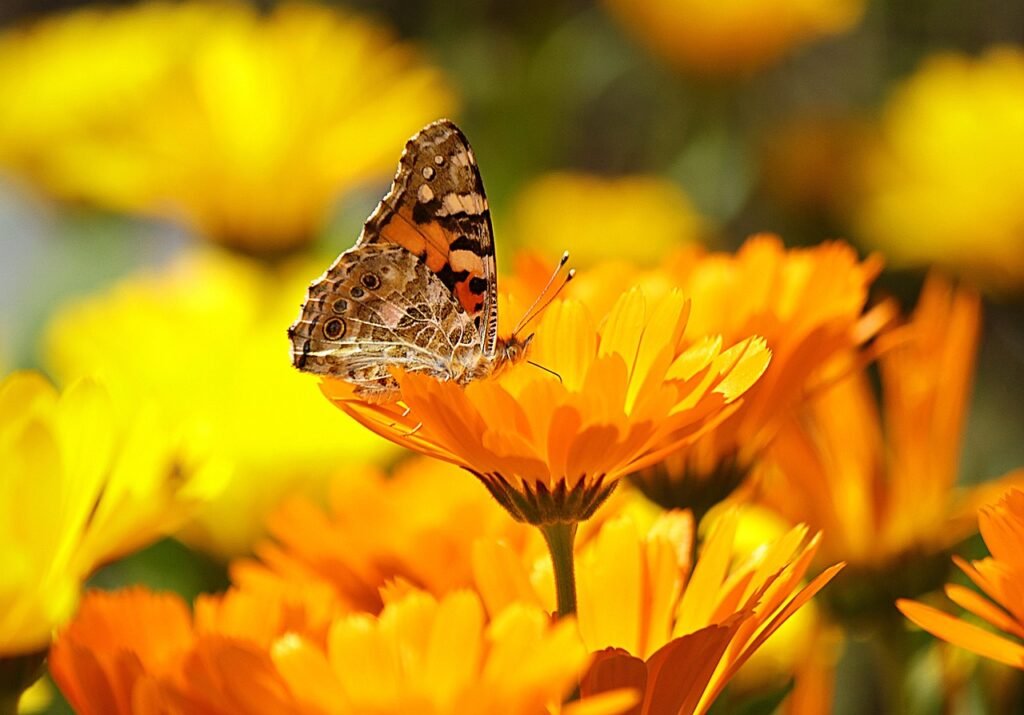
Intro
Are you a beginner in flower gardening? Are you wondering where to start? Worry no more, for this essential guide is for you. Flower gardening for beginners is an exciting venture that requires patience and dedication. It can be overwhelming, but with the right knowledge, tools, and approach, it can be rewarding. In this guide, we will delve into the basics of flower gardening and discuss the different types of flowers and their needs.
Understanding Flower Gardening for Beginners
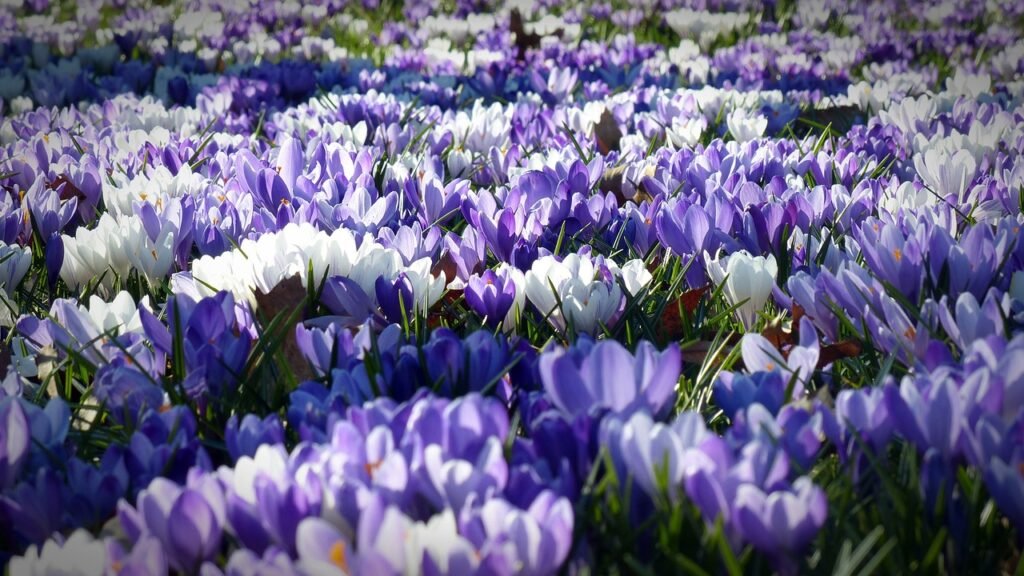
Flower gardening is a fantastic hobby that can bring beauty, peace, and satisfaction to your life. If you’re a beginner, it’s essential to start by identifying the purpose and location of your flower garden. Determine whether you want to grow flowers for their beauty, food, or medicinal properties, and choose a location based on the space you have available.
Once you’ve chosen your location, it’s important to prepare the soil properly. The soil is the foundation of a healthy flower garden, so it should be free of weeds, rocks, and debris. It should also be well-drained and rich in nutrients. You can improve your soil by adding compost, manure, or organic matter. Testing the soil pH can help you choose the best flowers for your garden.
There are many different types of flowers you can grow in your garden, including annuals, perennials, bulbs, and shrubs. Each type of flower has its specific needs in terms of soil, water, sunlight, and temperature. It’s important to research the flowers you want to grow and plan accordingly.
Water and sunlight are essential factors in flower gardening. Most flowers require regular watering, but overwatering can lead to root rot and fungal diseases. It’s best to water early in the morning or late in the evening when temperatures are cooler. Sunlight is also crucial for flower growth and blooming. Most flowers require at least six hours of sunlight daily, but some thrive in shady areas.
Finally, it’s important to keep your flower garden pest-free. Pests and diseases can damage your flowers and reduce their yield. Identify and control pests and diseases using natural remedies such as neem oil, soap sprays, and companion planting. Removing dead plants and debris also helps keep your garden healthy.
Flower gardening for beginners can be a fulfilling and rewarding experience. It offers many benefits, including stress relief, physical exercise, and mental well-being. Seeing the flowers bloom and smelling their fragrance is priceless. Flower gardening creates a beautiful and inviting space for your home and community and can even be a source of income if you sell your flowers at farmers’ markets or local shops.
The Importance of Soil Preparation in Flower Gardening
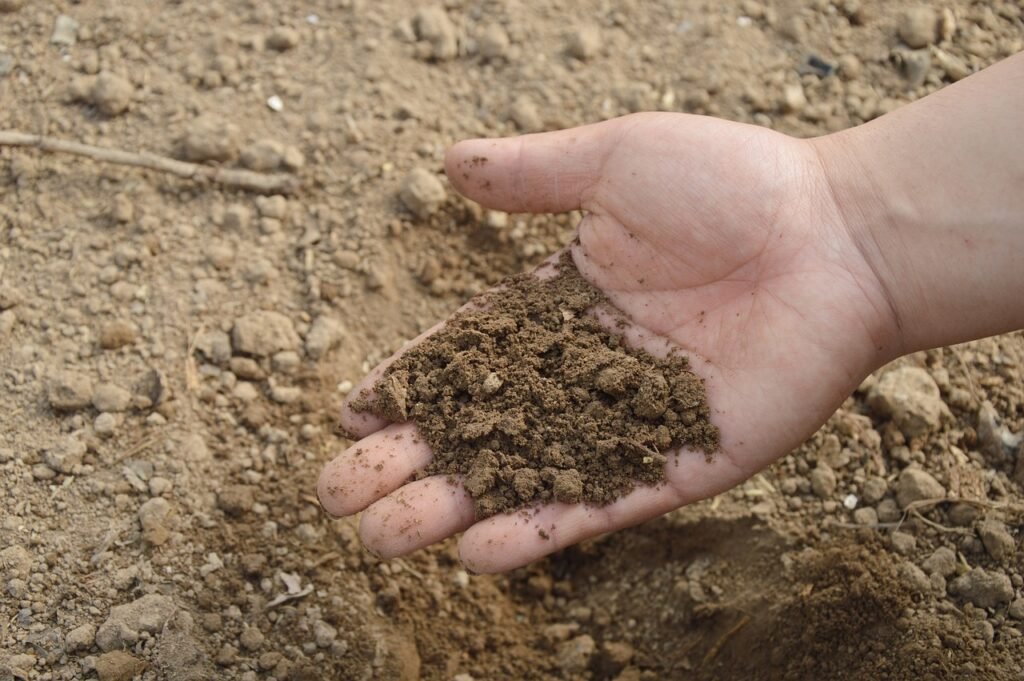
Preparing the soil is crucial in flower gardening for beginners. The soil is the foundation of a healthy flower garden, and it should be well-drained, aerated, and rich in nutrients. Before planting flowers, it’s essential to remove weeds, rocks, and debris that may hinder growth. Adding organic matter, such as compost or manure, can improve the soil structure, providing the necessary nutrients for your flowers to grow.
The soil pH is another important factor to consider when preparing the soil. Most flowers thrive in a neutral pH of 6.5 to 7.5. However, some flowers, such as azaleas and blueberries, prefer acidic soil, while others, such as daylilies and iris, grow well in alkaline soil. Testing the soil pH can help you determine the type of flowers that can thrive in your garden.
In addition to pH levels, soil type is also important in flower gardening. Soil type determines the ability of the soil to retain moisture and nutrients, affecting the growth and health of your flowers. Sandy soil drains quickly, while clay soil retains moisture, and loamy soil is a balance of the two. Knowing your soil type can help you choose the right flowers that can thrive in your garden.
Proper soil preparation ensures that your flowers have a healthy environment to grow, reduces the risk of pests and diseases, and improves the overall health of your garden. It’s an essential step that should not be overlooked in flower gardening for beginners.
Diverse Types of Flowers and Their Specific Needs

When it comes to flower gardening for beginners, there are a variety of flowers to choose from, each with their specific needs. Annuals, perennials, bulbs, and shrubs are the most common types of flowers. Annuals grow for one season and need to be replanted every year, while perennials grow for several seasons, making them a great investment. Bulbs, such as tulips and daffodils, bloom in the spring, and shrubs, such as roses and hydrangeas, add color and structure to the garden.
Each type of flower has specific needs in terms of soil, water, sunlight, and temperature. For example, annuals tend to prefer soil that is well-drained and moist, while perennials prefer well-drained, rich soil. Bulbs grow well in well-drained soil, and shrubs do well in moist, well-drained soil. It is essential to research the specific needs of the flowers you want to grow to ensure that they thrive in your garden.
Water and sunlight are also essential factors in flower gardening. Most flowers require regular watering, especially during the hot season, but overwatering can lead to root rot and fungal diseases. It’s best to water early in the morning or late in the evening when temperatures are cooler. Sunlight is crucial for flower growth and blooming. Most flowers require at least six hours of sunlight daily, but some thrive in shady areas. It’s important to research the specific needs of each flower to ensure they are placed in the correct spot in your garden.
By understanding the diverse types of flowers and their specific needs, beginners can start flower gardening with confidence. Researching the specific requirements of each flower and planning accordingly can help ensure a beautiful and healthy garden. Remember to provide the necessary water, sunlight, and nutrients to your flowers to ensure their growth and longevity. With patience, dedication, and knowledge, flower gardening can be a rewarding experience that brings joy and beauty to your life.
The Essential Role of Water and Sunlight in Flower Gardening
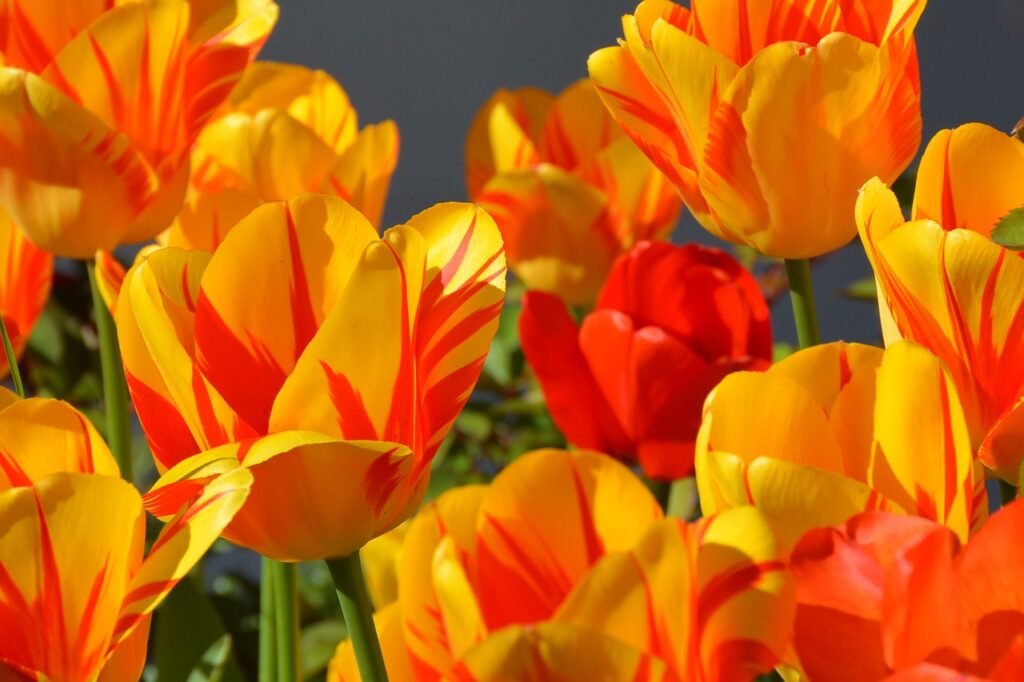
Water and sunlight are two crucial factors that can make or break a flower garden. Most flowers require regular watering, especially during the hot season, to keep the soil moist and provide the necessary nutrients for growth. However, overwatering can lead to root rot and fungal diseases, so it’s important to strike a balance. It’s best to water your flowers early in the morning or late in the evening when temperatures are cooler. This ensures that the water reaches the roots before evaporating in the sun’s heat.
Sunlight is also essential for flower growth and blooming. Most flowers require at least 6 hours of sunlight daily to thrive. Sunlight is necessary for photosynthesis, a process by which plants convert sunlight into energy. Without enough sunlight, flowers will not grow properly and may even die. It’s important to choose the right spot in your garden for your flowers based on their sunlight needs. Some flowers, such as impatiens, thrive in shady areas, while others, such as roses, need full sun.
Water and sunlight work together to ensure the healthy growth of your flowers. Water helps transport nutrients from the soil to the roots, and sunlight provides the energy needed for photosynthesis. Together, they create the perfect environment for your flowers to grow and bloom. By providing the necessary water and sunlight, you can ensure the longevity and beauty of your flower garden.
In addition to watering and sunlight, it’s important to provide your flowers with nutrients. You can add fertilizer to your soil to provide the necessary nutrients for growth and blooming. Fertilizer is especially important for annuals, which grow quickly and need a lot of nutrients to bloom. Perennials also benefit from fertilizer, but they require less frequent applications.
Overall, water, sunlight, and nutrients are essential factors in flower gardening for beginners. By providing the right amount of water and sunlight, you can ensure the healthy growth of your flowers and enjoy their beauty for years to come.
Keeping Your Flower Garden Pest-Free
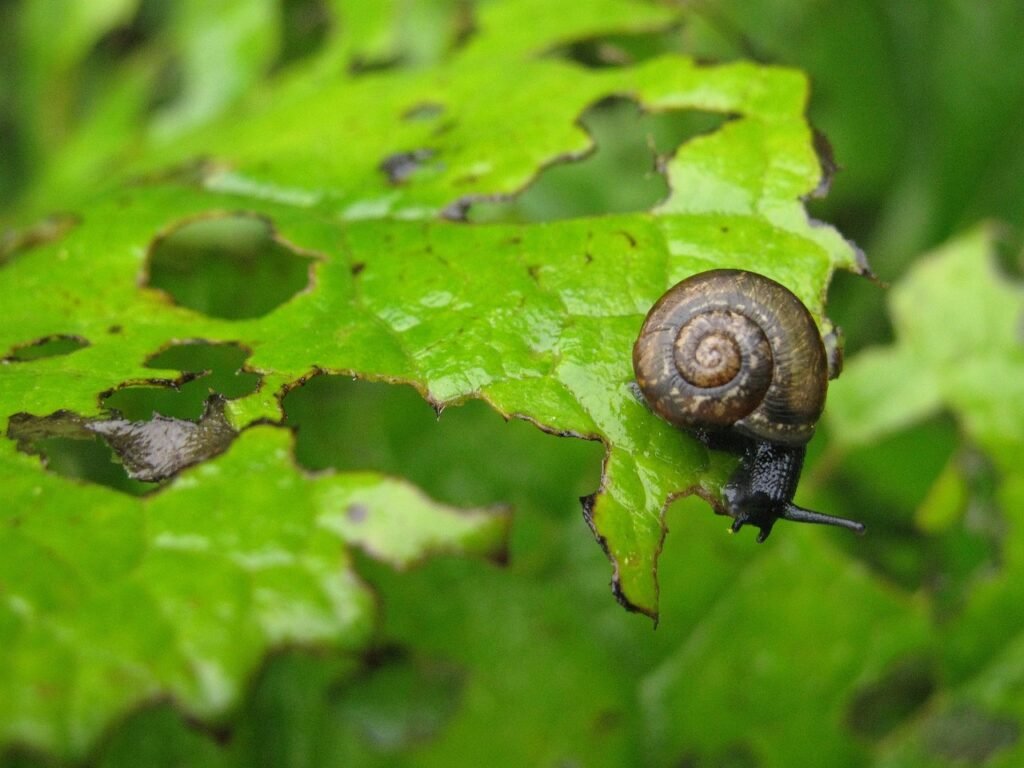
One of the biggest challenges in flower gardening is dealing with pests and diseases. They can damage your flowers and reduce their yield, making it crucial to keep your flower garden pest-free. Some common pests that attack flowers include aphids, slugs, and spider mites. They can cause stunted growth, yellowing leaves, and even death in some cases.
The best way to control pests is by using natural remedies. Neem oil, for example, is an organic insecticide that repels pests without harming beneficial insects like bees. Soap sprays made from mild dish soap and water are also effective in controlling pests like aphids. Companion planting is another strategy that can help deter pests. Some plants, like marigolds, act as natural repellents for pests, while others attract beneficial insects that prey on pests.
It’s also essential to practice good hygiene in your flower garden. Removing dead plants, leaves, and debris can help prevent the spread of diseases and pests. It’s also important to rotate your crops and not plant the same flowers in the same spot every year. This can help prevent the buildup of pests and diseases in the soil.
By identifying and controlling pests and diseases, you can ensure the health and longevity of your flower garden. Regular monitoring and prevention are key to keeping your flower garden pest-free. With natural remedies and good hygiene, you can enjoy a beautiful and healthy flower garden.
The Joy and Rewards of Flower Gardening
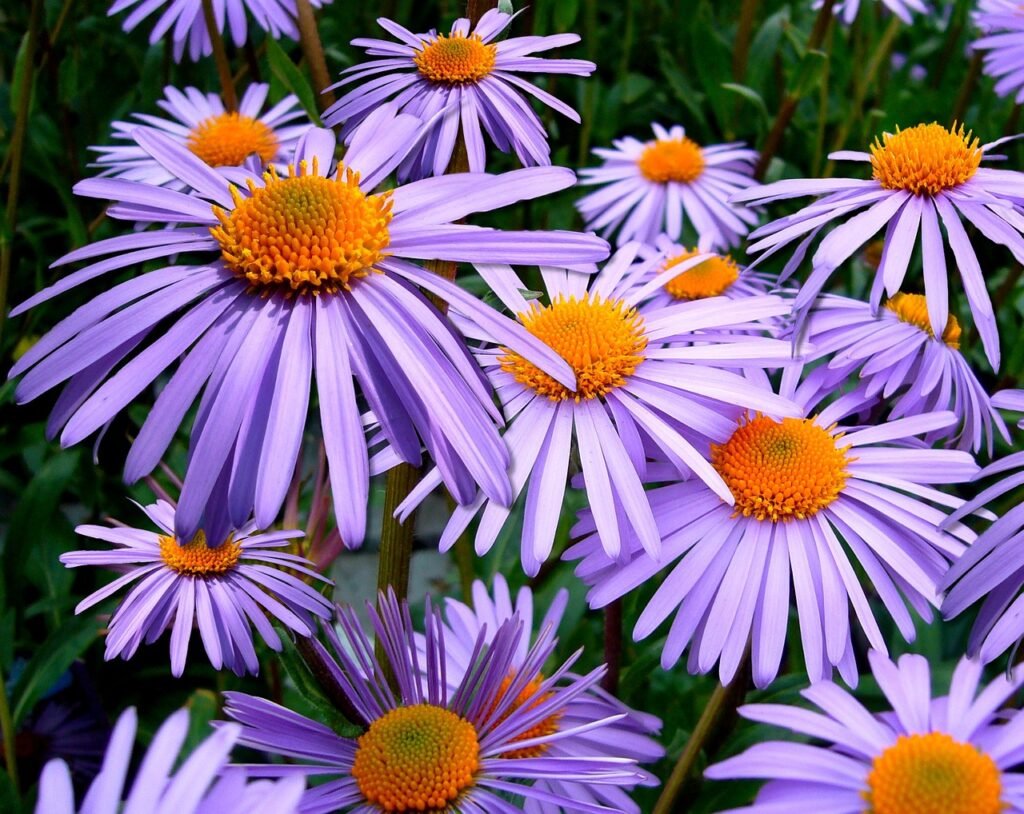
Aside from the practical benefits of flower gardening, such as adding beauty to your home and providing a source of food or income, there are also emotional and mental rewards to this hobby. Studies have shown that spending time in nature, especially around flowers and plants, can reduce stress and anxiety and improve overall mental health. Flower gardening also provides a sense of accomplishment and satisfaction as you watch your plants grow and bloom.
One of the joys of flower gardening is the endless variety of flowers you can choose from. Whether you prefer bold and bright colors or soft and subtle hues, there is a flower for every taste and style. Each flower has its unique beauty and character, adding to the overall diversity of your garden. Plus, flowers attract pollinators like bees and butterflies, which help to support our ecosystem and food supply.
Flower gardening is also a great form of physical exercise. Tending to your garden requires activities such as digging, planting, weeding, and pruning, which can all contribute to improving your overall health and fitness. It’s a great way to get outside, soak up some vitamin D, and connect with nature.
Finally, flower gardening provides a sense of community and connection. Sharing your flowers with others, whether by giving them as gifts or selling them at local markets, can create a sense of belonging and pride. It can also be a way to connect with neighbors and other gardening enthusiasts, sharing tips, stories, and advice.
In conclusion, flower gardening is not only a beautiful and practical hobby but also a rewarding and fulfilling one. It offers numerous benefits, including stress relief, mental well-being, physical exercise, and community connection. It’s a great way to add beauty and joy to your life while contributing to the health and well-being of our planet. So, why not start your own flower garden today and experience the many rewards that it brings?



